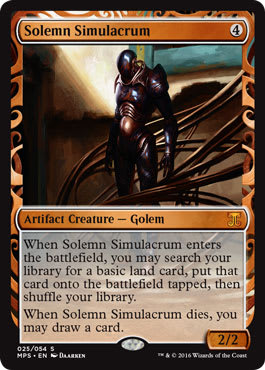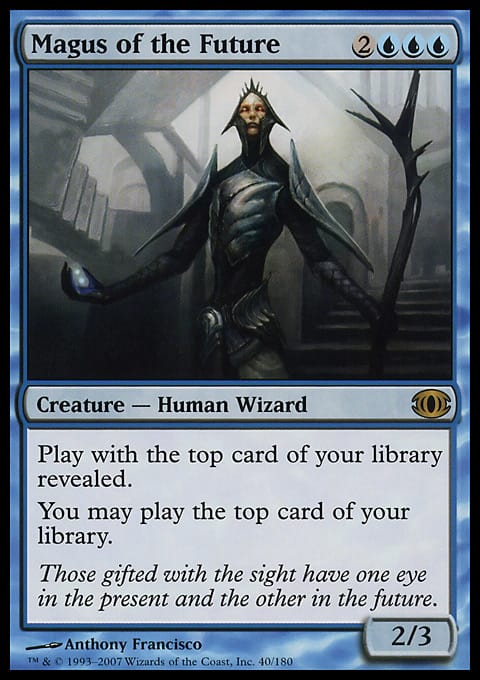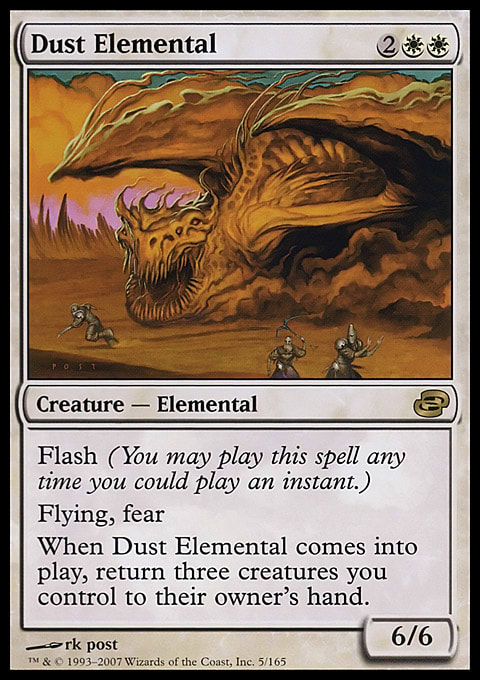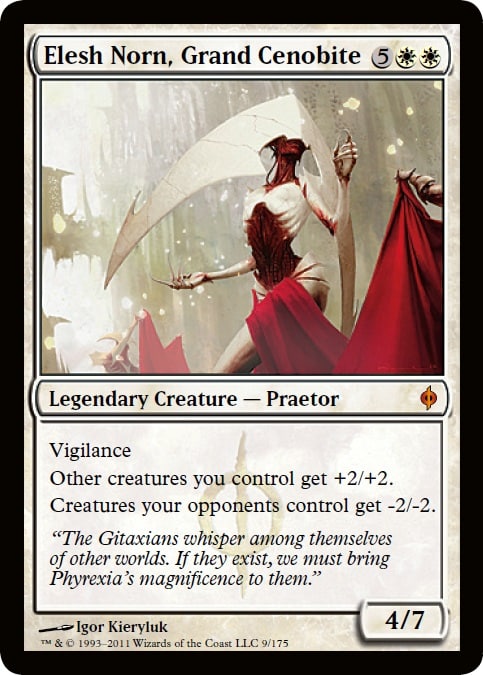Let’s go over a few things before we begin.
You’ll Have to Buy Sleeves—A Lot of Them
This is just the cost of doing business. Do yourself a favor and buy a display box of high-quality sleeves. I know the whole point of this article is to avoid spending money, but look at it as an investment. Make sure they’re all the same color and the same brand, as different brands of sleeves are easy to tell apart. Even with sleeves of the same brand, they won’t be identical, as different packs can be cut slightly different, but that’s somewhat unavoidable.
Unless you’re drafting every day, your sleeves should last you a few years. Just make sure you buy enough for the size of the Cube you intend to build. Don’t forget to count the basic lands, and overshoot a little in case some of them break.
Decide What Kind of Cube You Want
As I stated in my previous article, there are many different kinds of Cubes out there. Do you want just a general good-stuff Cube? Is there a particular theme you’re going for? If this is your first Cube, I’d suggest looking online for a list and using it as a guide. You can’t just take your crap-rare box, sleeve it up, and call it a Cube. That simply doesn’t work.
Having a plan for your Cube makes finding the missing pieces easy, and you’ll be rewarded with a better play experience. That brings me to my next point.
Keep Track of Your Cube in a Spreadsheet
I used to not do this, but since I’ve started, it’s made managing my Cubes a lot easier. I use Microsoft Excel, but any spreadsheet program will do. Putting everything down on paper (figuratively speaking, that is) is useful in two ways. First, you can use your spreadsheet to quickly and easily determine your card choices. You can easily look at things like color balance, curve, spell-to-creature ratio, and so on. You can also keep track of which cards you already have and which cards you still need to acquire. And if you’re using a cheap card as a stand-in for an expensive one, you can keep track of that, too. Second, if you’re like I am, you’re constantly taking cards out of your Cube for Constructed decks. Having my whole Cube list in a spreadsheet makes it easy for me to figure out what the missing cards are.
This may sound like a lot of work, but trust me: Typing out everything in a spreadsheet saves you a lot more time down the line. I would also suggest that you have a separate worksheet for each color.
To illustrate how you can Cube on a budget, let’s use the most recent list of the Magic Online Cube as a case study. The first thing we’re going to do is look at the creatures. We’ll start by typing them into a new Excel workbook. Then, add a column for mana costs, and enter those in as well. Now we can sort by mana cost and see what the curve looks like:

Whatever changes we make, we’ll want to preserve the same distribution of mana costs—more or less.
Now let’s add a Need column and enter “0” if you already have the card and “1” if you don’t. After you sort by that column, you have a nice list of cards to acquire. But wait, some of these cards are pretty expensive! Let’s add Price column and start filling in what these cards cost. CoolStuffInc.com has a nifty deck-builder tool that makes this really easy. Just copy and paste your column of card names right into it, and the site will spit out a list of prices. Enter them into your spreadsheet, and create another column called Cost to Me. This column is going to multiply the value in Need by the value in Price. Total it up, and bing-bang-boom, you know exactly how much the missing cards will end up costing. I priced out the entire list at $208.38.
My collection is nothing to write home about. I have some random old cards, but I sold nearly everything of value when I quit my job to go back to school. The only current cards I have now are what I’ve picked up from drafting. The cost to me to acquire all of these cards is $103.70. I’ve already shaved off half of the cost, and I haven’t even done anything yet!
Next, let’s sort by the Cost to Me column and figure out where we need to make our cuts. I’ll give myself a budget of $5 to spend on white creatures. Starting with the most expensive cards, I’ll put a “0” in the Need column until I get down to $5 or less. I ended up only needing to cut thirteen cards to do this. I’ll go through a couple of them and see how we can find cheaper replacements.
The most expensive card in the whole list is Restoration Angel, coming in at $17.99. This card was given out as a free Friday Night Magic promo, so I’m guessing a lot of you have at least one. I actually went to that one but forgot to pick up my foil on the way out. Oops. Anyway, the first thing you want to ask yourself is, What role does this card play? Restoration Angel has a few abilities, so we’re not going to find a card that is a perfect substitute. We can use Gatherer to search for specific criteria, so let’s do that. First, let’s look for white creatures with flash and flying. There are two that pop out at me: Celestial Crusader and Dust Elemental. Both of them bring something interesting to the table, and either would be a fine replacement for Restoration Angel. Both of them cost less than a dollar.
Let’s try another example. Three of the more expensive cards on this list are Elesh Norn, Grand Cenobite, Avacyn, Angel of Hope, and Akroma, Angel of Wrath. All three of them fulfill the same role: be a giant, late-game bomb that’s also a sweet reanimator target. Let’s see if we can use Gatherer to find other cards that do something similar. We can do a search for white creatures that cost 7 or more. That’s a pretty big list, but when you’re going through it, keep in mind that we’re looking for creatures that can win the game by themselves. Here are a few that look promising: Angelic Arbiter, Archangel of Strife, Blazing Archon, Luminate Primordial, Reya Dawnbringer, and Vengeful Archon. All of these cards cost less than $5, and some of them are less than a dollar. Again, they’re not perfect substitutes for the cards we’re cutting, but each of them does something interesting in its own right.
Just repeat this process with the rest of the cards, and you’ll be well on your way to making a pretty decent Cube on a budget. As you build your collection, you can always go back and replace cards as you see fit using your handy spreadsheet. However much you want to spend, keeping things organized in this way will make the whole task of assembling your Cube as painless as possible. Taking an existing Cube and replacing expensive cards with cheap ones is just one way of Cubing on a budget. Your Cube list can also be cheap by design. That was how I did my Full Mirrodin Cube. I wanted it to play out more like an actual Draft, so I intentionally made the Cube consist of mostly commons and uncommons. I’m going to be using this same design philosophy to build my Full Ravnica Cube this spring. Feel free to leave me a comment if you have any questions about any of the Excel stuff I mentioned above. I’m also happy to provide suggestions for budget versions of cards you want to add to your Cube. Have fun Cubing, and I’ll see you next time.
Take care,
Nassim Ketita
arcticninja on Magic Online























